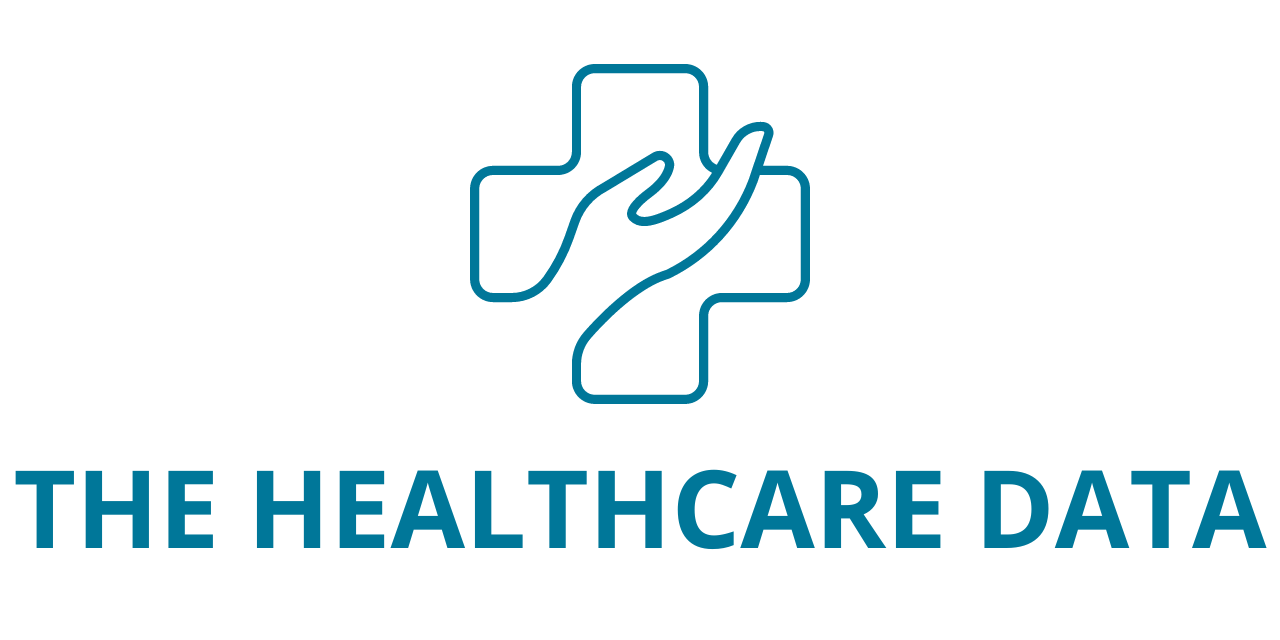Regardless of one’s identity, hearing the diagnosis “you have cancer” initiates a whirlwind of emotions, ranging from shock and disbelief to acceptance and determination. As clinicians, the moment we convey these words, patients yearn for comprehensive information to swiftly develop a treatment strategy to combat cancer and emerge victorious. Extensive clinical research and our own experiences as healthcare providers confirm that while cancer biology and genetics significantly influence health outcomes, a patient’s socioeconomic status and geographic location wield an equally substantial impact on their prognosis. Sadly, for many patients, geographical and socioeconomic obstacles already disadvantage them before their battle against cancer even begins.
The Potential of Practical Solutions to Enhance Equitable Access to Care
Each February, the global oncology community observes World Cancer Day, a collective effort to unite against the worldwide cancer crisis. It serves as a pivotal opportunity for every stakeholder in the cancer community—ranging from international health organizations to governmental bodies, clinical institutions, research facilities, and advocacy groups—to intensify efforts aimed at curbing the global burden of cancer. This year, World Cancer Day concentrates on narrowing the cancer care divide and fostering a more equitable care environment for all. Drawing upon my two decades of experience in community oncology practice and administration, I often contemplate how technology can aid in bridging these care disparities—albeit not in the conventional sense.
While artificial intelligence (AI), machine learning, and other cutting-edge technological advancements garner widespread attention, it’s essential to recognize that AI cannot transport a patient to treatment or alleviate food insecurity (at least not presently). To confront tangible challenges and rectify genuine gaps in cancer care within communities, we must embrace practical technology.
At times, the most rudimentary and direct technological solutions prove to be the most effective—a sentiment reminiscent of my childhood visits to Taiwan to visit my grandmother. Witnessing her launder clothes by the riverside left a lasting impression on me, highlighting the complexity and time-consuming nature of the task. Reflecting on it now, I realize how much time my grandmother could have saved by utilizing a washer and dryer. She didn’t require AI to enhance her laundry efficiency; she simply needed reliable and practical technology. This same principle applies when considering the utilization of straightforward technology to address the cancer care divide.
Revisiting the Basics to Propel Community Oncology Care Forward
At Cardinal Health, my focus centers on empowering independent community oncology practices to continue delivering care to patients within their local communities. While I anticipate the integration of cutting-edge technologies such as remote patient monitoring and AI-driven analytics into community oncology settings, I’m equally passionate about guiding these practices back to basics to tackle social determinants of health. I often contemplate how we can simplify technology deployment, transitioning from “smart” solutions to analog approaches when necessary. For instance, if an elderly patient struggles with smartphone usage, a simple phone call may suffice. By meeting patients at their comfort level, we broaden access and bridge care gaps.
To advance the field and harness the full potential of emerging technologies and therapies, it’s imperative to assist community oncology practices in addressing the fundamental challenges their patients encounter today. For instance, the initial step in enrolling a patient in a genomics clinical trial should involve ensuring access to and comprehension of consent forms, regardless of smartphone accessibility or language barriers.
By embracing basic technological solutions to combat care barriers and fostering success among community oncology practices, we can collectively narrow the cancer care divide—not just on World Cancer Day, but every single day.





